THE LARGEST AND MOST IMPRESSIVE LAKES IN THE WORLD
Added on: 19th Apr 2016
REINDEER LAKE – 2,180 MI²

Starting off our list of the largest lakes in the world is Canada’s
Reindeer Lake. Located in western Canada, Reindeer Lake has a
stunning coastline with innumerable inlets and bays and multiple
islands dotting the lake. Its southern end is home to Deep Bay,
the crash landing spot of a meteorite impact from 140 million
years ago. Local legends say a monster dwells in the bay and
drags animals through the ice in winter.
LAKE TURKANA – 2,473 MI²
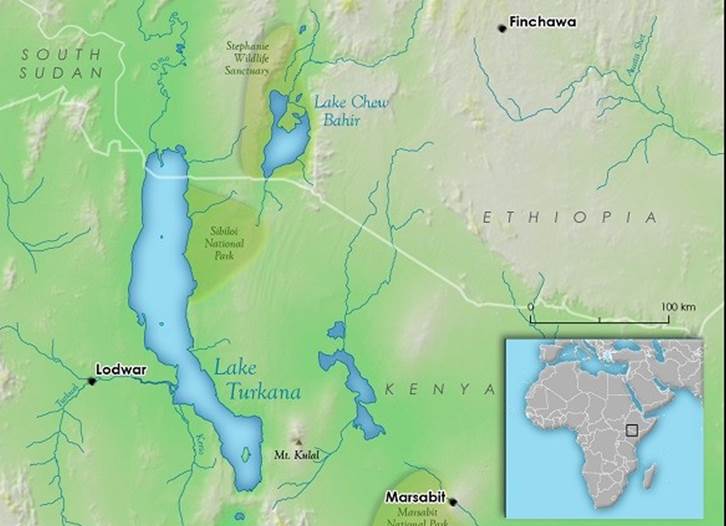
Previously named Lake Rudolf, the Kenyan-Ethiopian Lake
Turkana is the world’s largest permanent desert lake. The area
along Lake Turkana is important to anthropologists as many
hominid (pre- and early-human) fossils have been found in its
environs. Beware if you want to explore the lake without a
tourist guide – plenty of Nile crocodiles, carpet vipers, and
scorpions live in and around the lake and violent storms appear
suddenly due to rapidly morphing local weather patterns.
LAKE TAYMYR – 1,760 MI²

The largest lake in the Arctic Circle, Lake Taymyr is located in
northern Russia. Though covered in ice for nine months of the
year, the lake supports many diverse Arctic fish such as the
sig and loach. Nearby nuclear testing – including the 1961 test of
Tsar Bomba, the largest and strongest nuclear device ever
detonated, on the Novaya Zemiya archipelago – has led to minor
lake contamination as plutonium particles were carried over by
winds from the archipelago. Lake Taymyr’s Central Island is an
active volcano which occasionally emits steam clouds.
LAKE ATHABASCA – 3,030 MI²

Lake Athabasca, located in central Canada, is home to the Lake
Athabasca Sand Dunes: the largest active dunes on Earth north of
58°. Beyond this title, the lake also produced the world record
lake trout weighing in at 102 pounds (46.3 kg). Heavy uranium and
oil mining near the lake have led to serious pollution levels in the lake.
LAKE NICARAGUA – 3,089 MI²
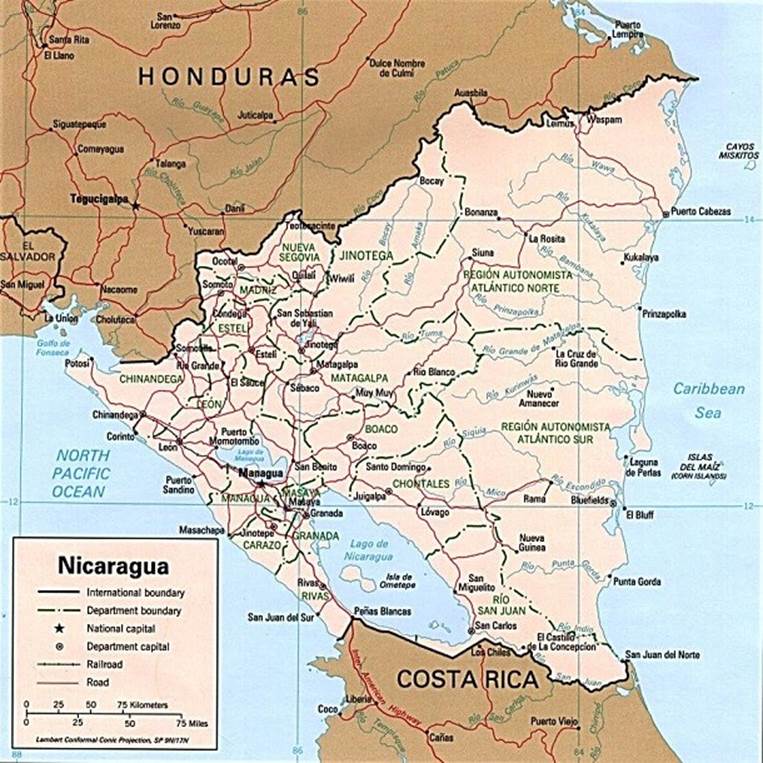
Lake Nicaragua is the 21st largest lake in the world and one of the
coolest. Though it drains to the Caribbean Sea on Nicaragua’s east,
the lake is so close to the Pacific Ocean it can be seen from one
of its two lake island-mountains. Before the Panama Canal was built,
Cornelius Vanderbilt (famous U.S. railroad magnate) worked on
securing the area as an alternative interoceanic canal. The idea
has been revisited and the Nicaraguan government is in talks
with builders though it’s unknown what stage of the process
this potential Nicaragua Canal is at.
LAKE TITICACA – 3,141 MI²
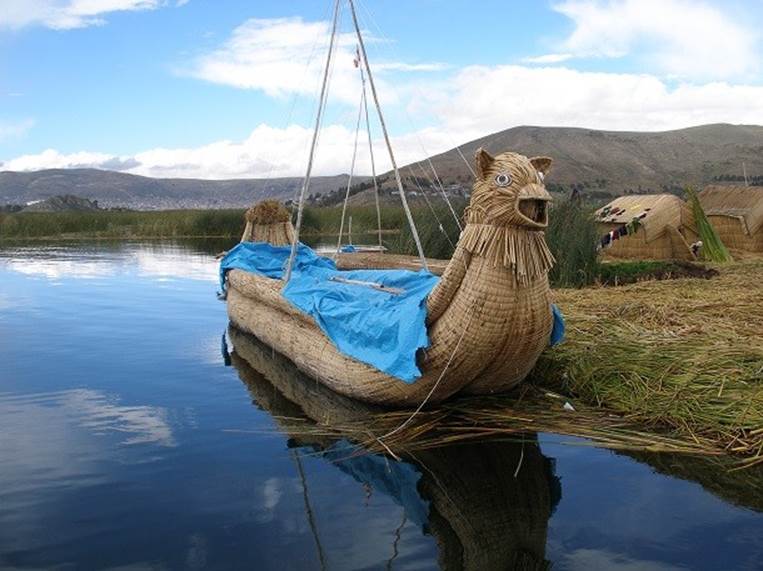
Spanning the border between Peru and Bolivia, Lake Titicaca
(Lake Titiqaqa in the local Quechua language) is the largest lake
in South America by both volume and surface area. (Though
Lake Maracaibo in Venezuela has a greater surface area, it’s
technically a bay as it is connected directly to the ocean.)
Nicknamed the “highest navigable lake in the world”,
Titicaca is famous for its reed boats which ethnographer
Thor Heyerdahl speculated may have been inspired by Egyptian
reed boats on the Nile. (He built a reed boat and sailed without
any supplies from Morocco to the Caribbean, demonstrating
it could be done.)
LAKE ONEGA – 3,700 MI²
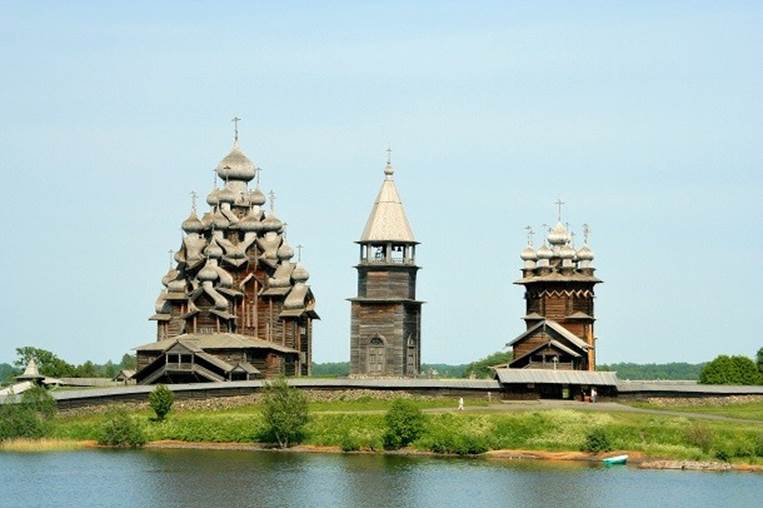
Lake Onega in north western Russia is the second largest lake in
Europe. Famous for its 1,650 lake islands, Lake Onega also hosts
the UNESCO World Heritage site of Kizhi Pogost: a collection of
89 wooden architectural marvels including a church with 22 domes.
LAKE VOSTOK – 4,830 MI²

Did you know there are lakes in Antarctica? About 400 subglacial
lakes (liquid water beneath glacial ice) are known to exist in our
southernmost continent, including its largest: Lake Vostok. Named
after the Russian research station it’s located under, Lake Vostok
has been cut off from other water bodies for up to 25 million years.
The past few years have been pretty exciting as research teams
drilled down over two miles (over three kilometres) of ice to
pull a fresh water sample for analysis.
TONLÉ SAP LAKE – 6,200 MI²
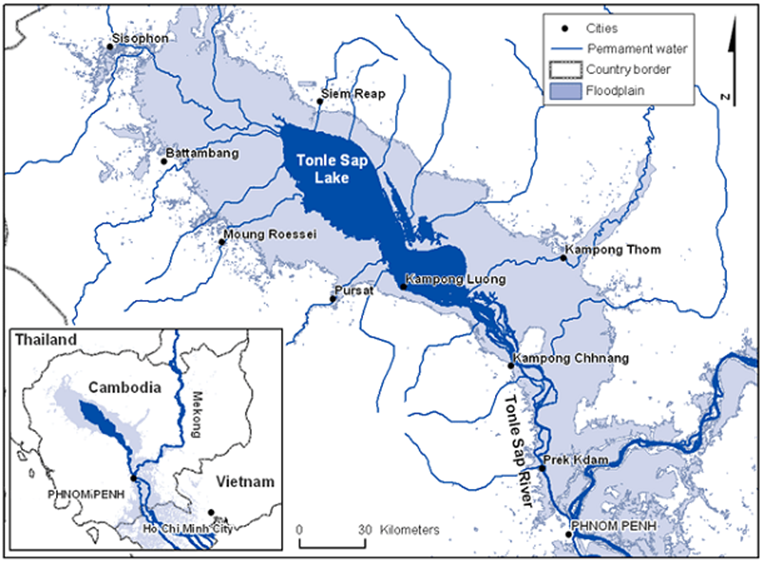
One of the most important facets of Cambodia, the Tonlé Sap Lake is
the largest lake in Southeast Asia. During monsoon season, the
Tonlé Sap River reverses course and flows from southeast to
northwest. The lake then swells, creating one of the most
productive fisheries in the world. Ranging from a minimum
1,000 square miles (2,700 sq km) during the dry season to
its max of 6,200 square miles (16,000 sq km), the lake provides
three-quarters of Cambodia’s inland fish production.
The Tonlé Sap Lake is an important resource for Cambodians
as its fish are their primary source of protein.

Comment on this